J-STORIES - Different people perceive tastes such as sweet, salty and sour in different ways, so objectively quantifying the taste of food has long been a particularly difficult challenge. Now however, sensors that use AI are making it possible to convert the flavor of various foods into numerical data and evaluate taste. This technology is already in wide use in the food manufacturing and restaurant industry, and consumers may one day use it to analyze their sense of taste and order food accordingly.
Humans experience five basic tastes, sweet, salty, sour, bitter and umami, each of which is perceived by “taste buds” on the tongue. The system uses taste sensors to measure the voltage generated by the “taste cells” that make up these taste buds in response to food, then display this as taste data.
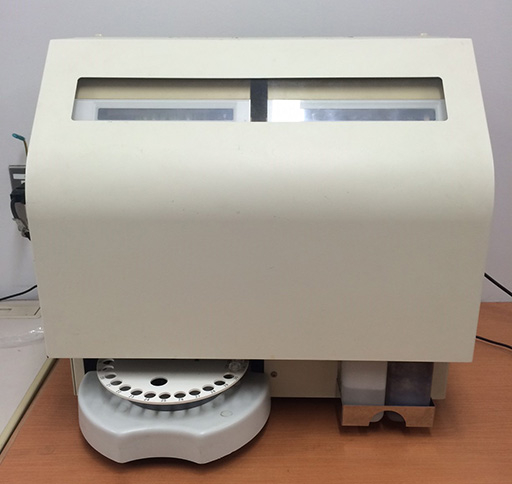
Japan leads the world in the practical application of taste sensors, including quantifying umami (savoriness,) the so-called Japanese “fifth taste.” It is hoped that the technology will find uses in fields as diverse as consumer food products, nursing and hospital food, and food education for children.
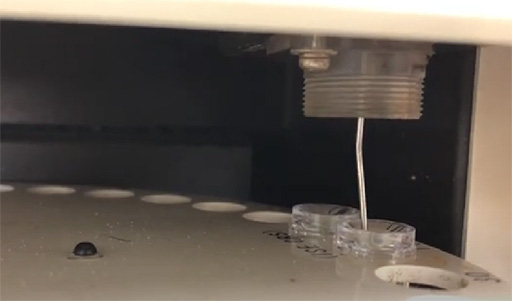
Ryuichi Suzuki, is CEO of company Oissy, which has developed a taste sensing device named taste sensor Reo(Mikaku Sensa Reo). He says that one day it might be possible for restaurant diners to use a sensor app to quantify the taste of cheese and use this data to choose a wine to match.
Unlike previous taste sensing devices, Oissy’s device uses a neural network to display flavors perceived by the taste buds in the form of quantitative data. In this way, it is not only possible to quantify the strength or weakness of the five tastes, but also predict delicious combinations, perhaps leading to completely new dishes and pairings of foods.
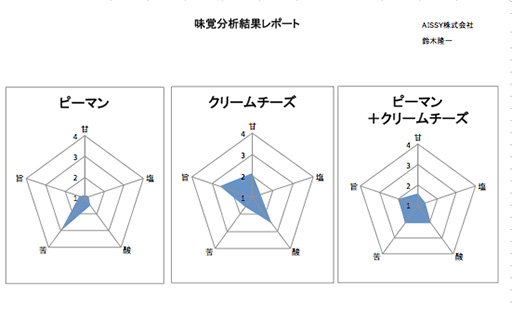
For example, green peppers are often perceived as bitter, but the addition of cream cheese provides acidity and umami and improves the balance of flavors. Likewise, adding sugar to coffee makes it seem less bitter, and adding salt to miso soup increases the umami as well as the saltiness. Such taste interactions can now be analyzed as data, explains Suzuki.
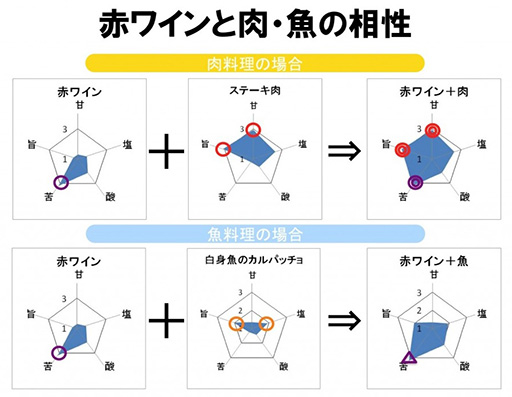
Oissy’s device is already being used in product development and promotions by a number of companies. For example, Kirin Beer has quantified dishes that go well with its Shochu Soda product. Another company, SC Foods, is also using the taste sensor in promotions for its Yongenton Silky Pork. Meanwhile, a US company has been using the system since February 2024.
Oissy is not the only Japanese company with similar technology. Intelligent Sensor Technology succeeded in the practical application of the world’s first taste-recognition device back in 1993 and its taste sensors are widely used not only in Japan but also in Europe and Asia. Companies using the taste sensors range from taste analysis research institutes to major supermarkets.
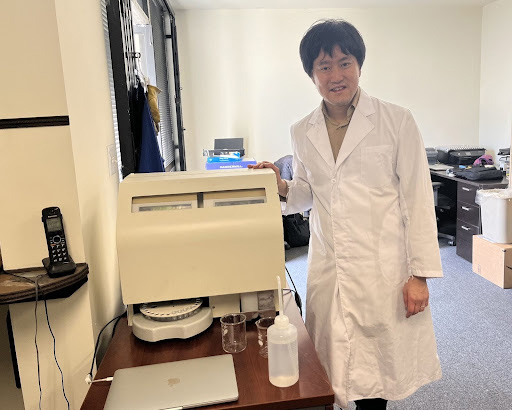
As Japan’s population ages and the number of births reduces, food product and food service companies are constantly looking to design new products, for example, how to make sweet-tasting products that don’t use sugar for diabetics, or how to make better tasting nursing and hospital food. It is hoped that taste sensor devices could play an important role in such innovation.
“But this is where converting taste into data becomes important,” he adds. “We will continue our research on taste sensors and help make people around the world feel happy through delicious food.”- Oissy CEO, Ryuichi Suzuki. Source: Oissy
Suzuki points out that the particular challenge of quantifying taste is that “there are differences in how taste is perceived between ordinary people and taste professionals, as well as between people with care and treatment needs and those who are making the food. We must think how we can reduce these differences.”
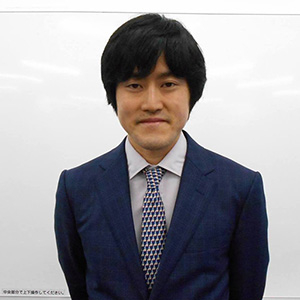
Likewise, there are differences in how taste is perceived in Japan and other countries, making it even more difficult for Japanese companies to quantify taste overseas.
“But this is where converting taste into data becomes important,” he adds. “We will continue our research on taste sensors and help make people around the world feel happy through delicious food.”
Translation by Tony McNicol
Editing by Chika Osaka
Top page photo by Oissy
For inquires about this article, please contact us at jstories@pacificbridge.jp
***
Click here for the Japanese version of the article.
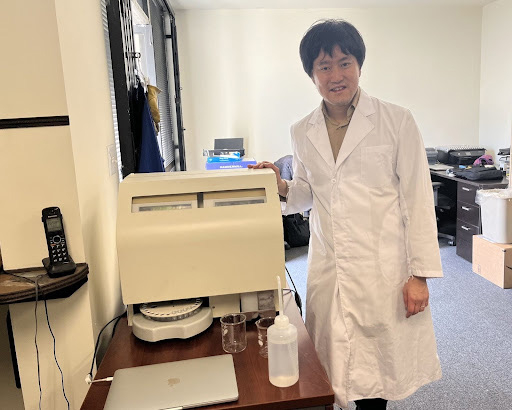

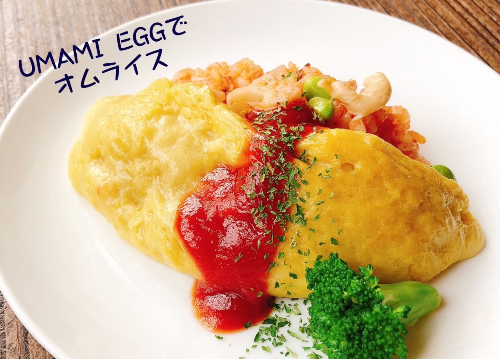
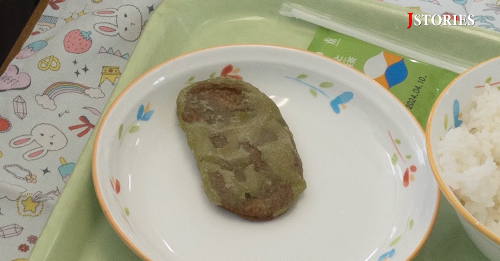

![[Podcast] Japanese technology to supercharge human fertility (Part 3)](https://storage.googleapis.com/jstories-cms.appspot.com/images/1766558713084place-for-scientific-research-2025-03-07-14-08-49-utc%20(1)_bigthumbnail.jpeg)
![[Interview: Part 2] A digital approach to tackle child hunger in Japan with dignity](https://storage.googleapis.com/jstories-cms.appspot.com/images/1766130666509unnamed_bigthumbnail.jpg)
![[Podcast] Japanese technology to supercharge human fertility (Part 2)](https://storage.googleapis.com/jstories-cms.appspot.com/images/1765863548035unnamed-7_bigthumbnail.jpg)
![[Podcast] Japanese technology to supercharge human fertility (Part 1)](https://storage.googleapis.com/jstories-cms.appspot.com/images/1765440905082unnamed_bigthumbnail.jpg)
_bigthumbnail.jpeg)





![[Interview] When digital and physical worlds meet](https://storage.googleapis.com/jstories-cms.appspot.com/images/1747974430456unnamed-2_smallthumbnail.png)




_smallthumbnail.jpeg)

![[Interview: Part 1] From nourishing souls to feeding the hungry](https://storage.googleapis.com/jstories-cms.appspot.com/images/1763695595492unnamed_smallthumbnail.jpg)

